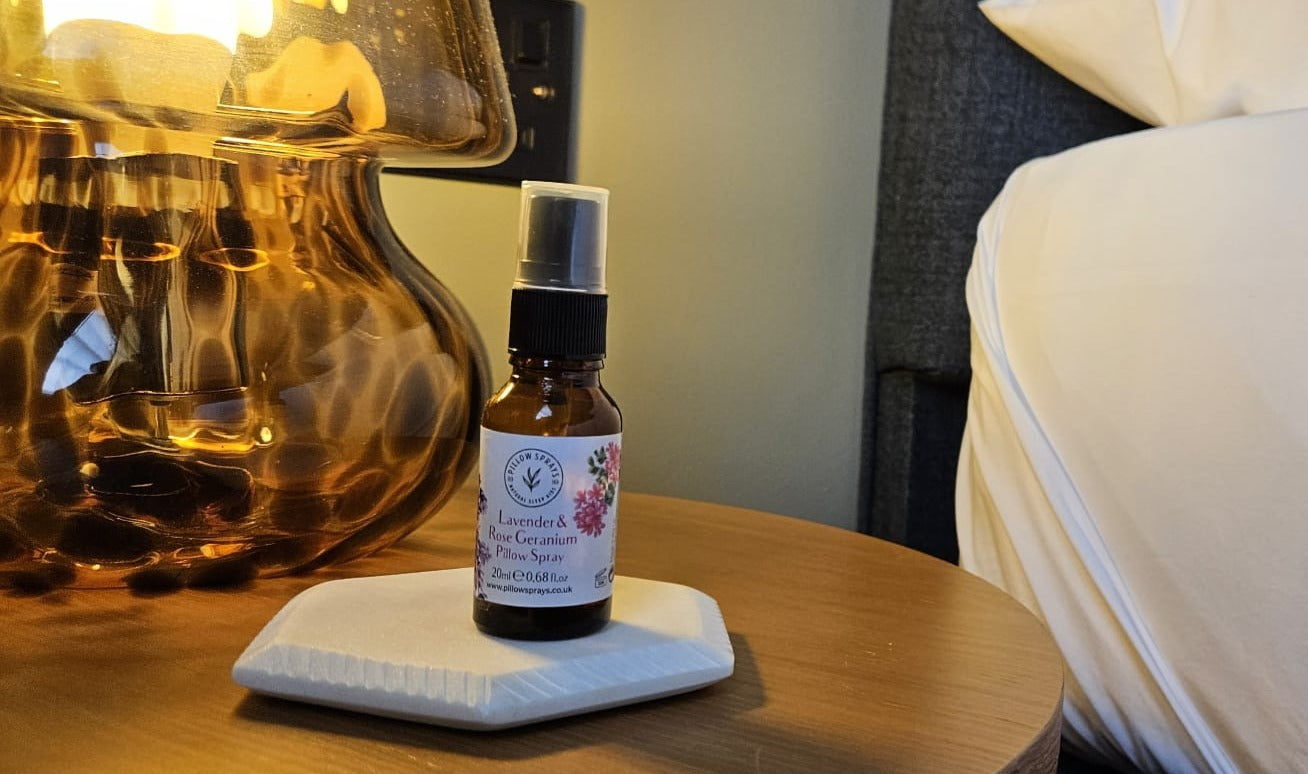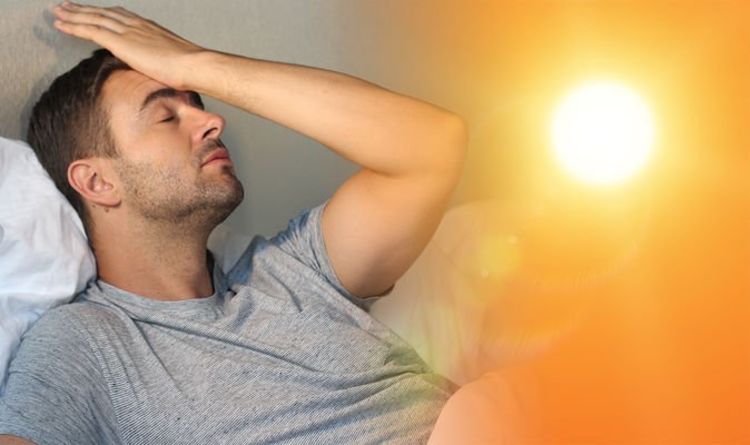
Grounding and Sleep
, by Steven Crumblehulme MSc, MAR, 2 min reading time

, by Steven Crumblehulme MSc, MAR, 2 min reading time
How can grounding be used to improve blood flow, reduce inflammation and aid sleep? Find out here
A lot of us are missing our trips abroad right now; sun, sand, sea and relaxation. It’s become a running joke in our household that one of the first things I like to do once I’ve arrived on holiday is to seek out the closest beach and walk barefoot along the shoreline. I intuitively take a deep breath in, out, and I’m completely relaxed. Yet, it’s not just the fact I’m on holiday and looking at the ocean that causes such relaxation, it’s the fact I am grounded to the earth.
Grounding (aka Earthing) is when we connect our human body to the Earth. In today’s society, with our shoes, beds and houses high off the ground, we have become a generation of people disconnected from the Earth. Why should this matter? Well, the Earth is a ‘reservoir of free electrons’ and, without being connected to it, our bodies are unable to balance out the charge of electron-deficient free radicals – and this is when inflammation, and illness, can set in.
There have been numerous studies that show, scientifically, how beneficial grounding can be in improving blood flow, reducing inflammation and aiding recovery. Studies have also looked at the relationship between grounding and sleep.

It’s a romantic notion that we could fall asleep on a deserted beach, or clean grass in our gardens, but this isn’t very easy to achieve. Many people use grounding mats - devised to allow us to connect to the Earth from the comfort of our homes.
A famous Earthing advocate, Clint Ober, has conducted a number of studies to investigate the effects of grounding on sleep quality. In one study, a group of 60 people experiencing chronic pain and poor sleep quality were examined. Half of the group slept with a grounding mat on their bed, while the others slept with a placebo sheet. Those who slept with a grounding mat stated they experienced reductions in chronic pain, respiratory issues, arthritis, sleep apnoea, and hypertension. The other participants, who slept on a placebo sheet, did not experience an improvement in their symptoms.
I’ve been using a grounding mat for a few years now. You can find more information on the website, www.groundology.co.uk, and take a look at the many studies that have been conducted to test the effects of grounding, including a number of studies showing how inflammation is reduced. The following images are from their website, showing a patient with pain in the area of both knees. The left image is before grounding and the right image was taken 30 minutes later following a grounding session. Tissue damage generates heat, represented by the hot colours on the left and the difference shows a clear and rapid resolution of inflammation.

I’m so looking forward to being able to walk along the shoreline again, to get my natural fill of the Earth’s electrons – but, until then, I’ve got my grounding mat to help me.
What's your thoughts? Have you tried groundng techniques?


